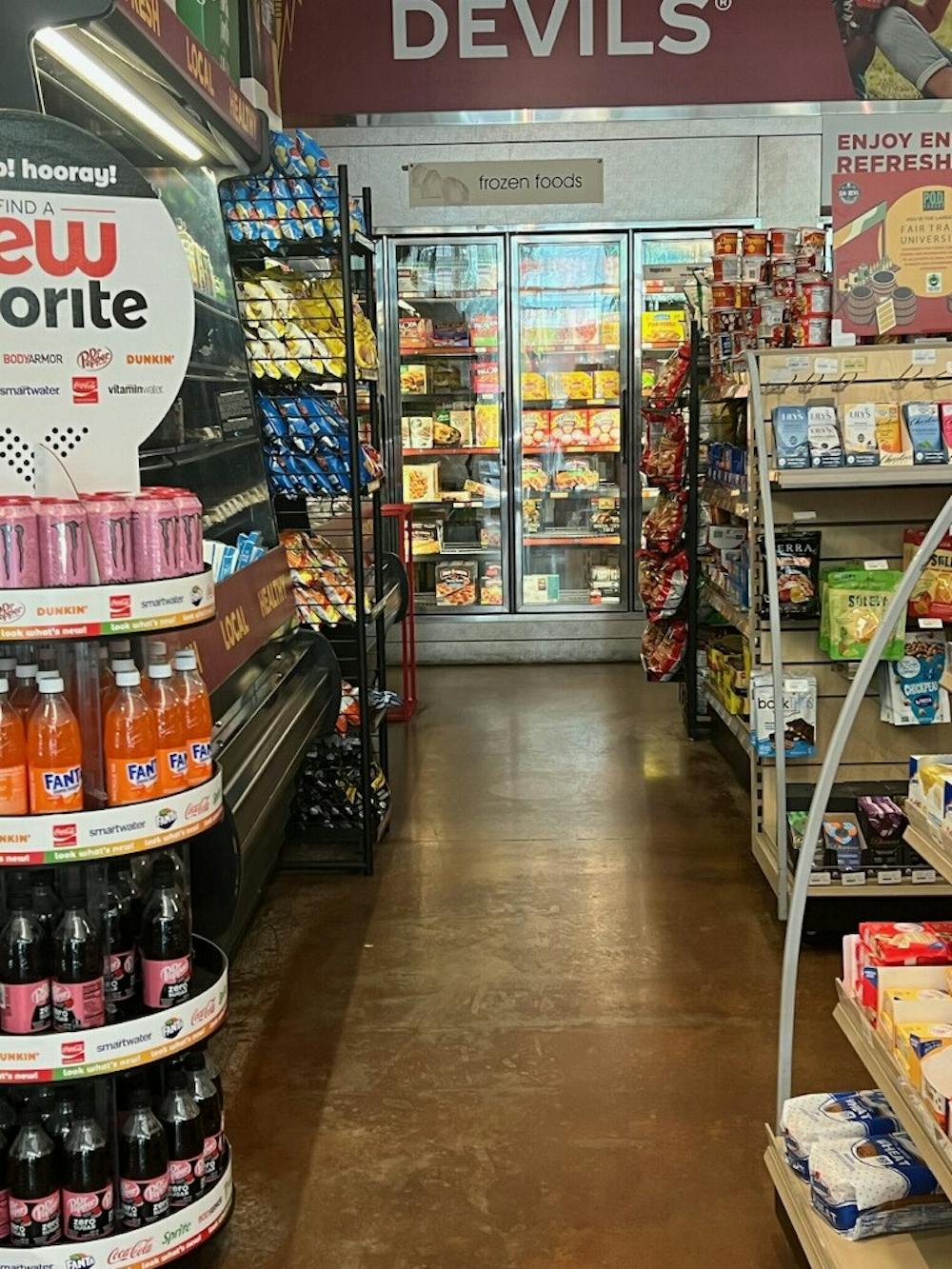Arizona State University has been ranked a top public university by international students for a second consecutive year after the university has seen a dramatic increase in the population of international students.
Opportunities within ASU’s international programs are blooming. But the requirements to take part in international programs can lead to controversy.
All international students must have an F-1 visa that permits a temporary stay in the United States in exchange for studying.
Matheen Mogal, a computer engineering graduate student currently attending ASU, is an aspiring SpaceX employee, and used the company as an example of how the F-1 visa could actually restrain student workers.
SpaceX, along with most companies nationwide, requires U.S. citizenship as “the minimum criteria” as it’s “related to U.S. defense.”
“Other international students are getting much fewer opportunities because we are restrained by the F-1 visa,” said Mogal.
According to ASU’s International Students and Scholar Center, ASU provides a select number of off-campus jobs that don’t require citizenship, but because of application deadlines, international students still turn to on-campus work as their main employment outlet.
Kaushik Obula Reddy, an ASU graduate student majoring in information technology, works on campus and noted that ASU’s work-study program is already large enough to provide more opportunities than even the few off-campus jobs available to international students.
“ASU has a pretty big student worker program, and the salaries that we get are sufficient for us to get by through the month,” Reddy said.
ASU’s student worker program, geared toward F-1 and J-1 students, pays international students to work in “commercial businesses on campus,” with a limitation of 25 hours per week so students can maintain a “full course of study.”
Despite the work-study access international students are provided at ASU, Reddy feels that local students lack the same benefits.
“I think they should limit a little bit because I can see more of us than you guys here,” he said. “We come here to get a new experience, new exposure, a different culture. But other students need a job too.”
Reddy said that this is most likely since international students are often the “first ones” to apply for on-campus jobs.
“Before coming here, we do a small research. The job situation was good for me as soon as I got here. The first thing I did is get a job,” he said.
Currently, the International Students and Scholar Center provides web pages featuring a wide variety of resources to help incoming international students such as Reddy.
Civil engineering graduate student Akash Naphade researched international student attendance at ASU and found that the work-study program has placed him in a better position for his future career as a construction manager.
“This will help me achieve my goals to be in that position…so that in the future I can be responsible for managing huge projects in the construction industry,” said Naphade when reflecting on his current job as a cashier on campus.
“As an international student, every student must experience this kind of work before getting into their professional work,” he said. “It’s good for beginning your future.”

